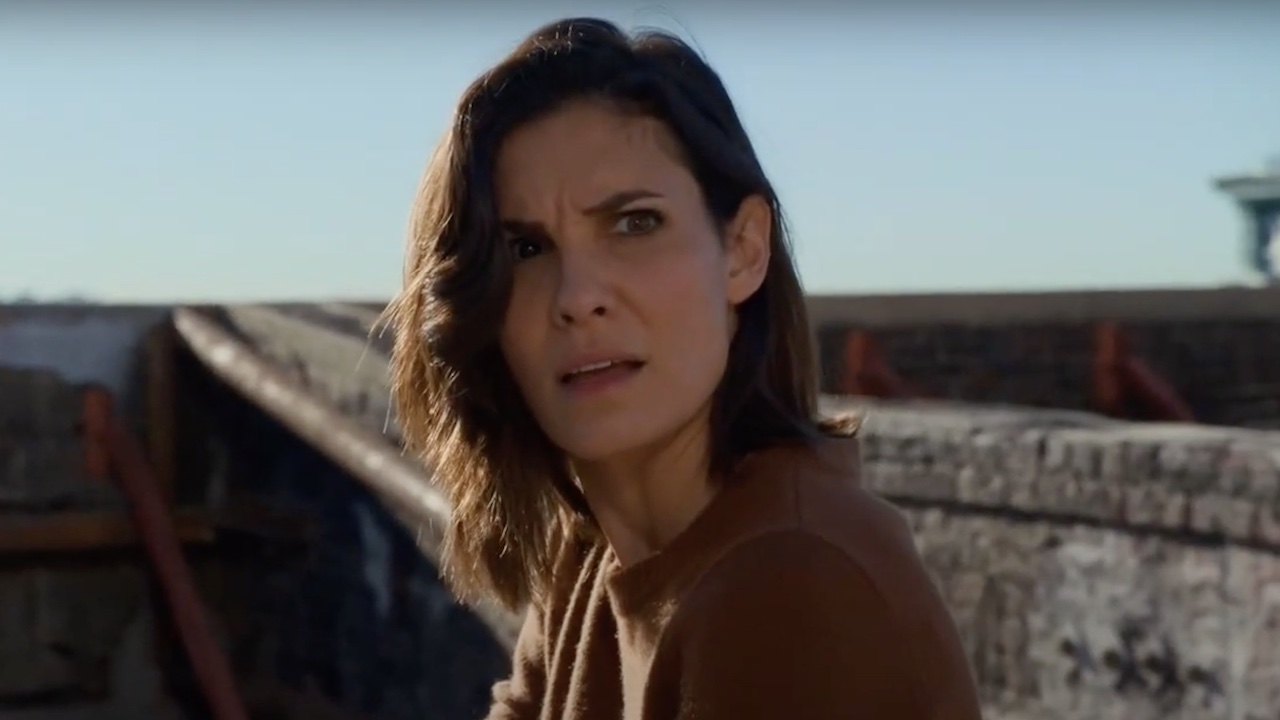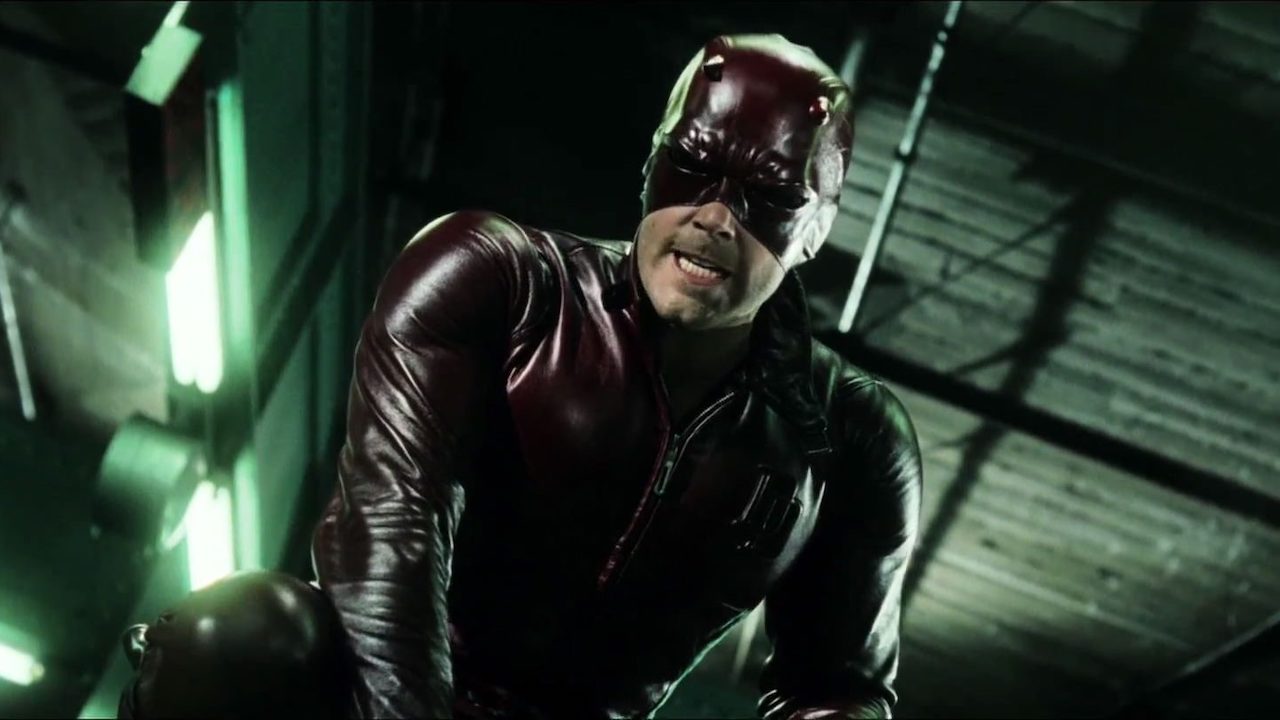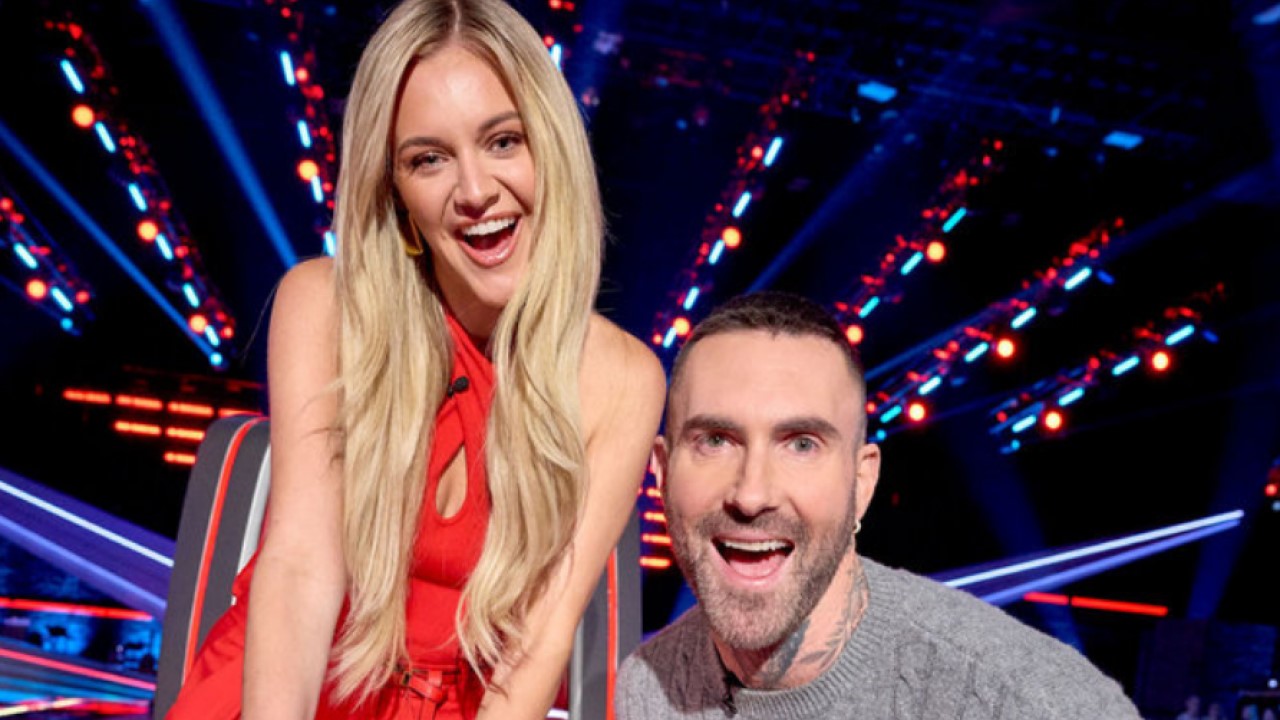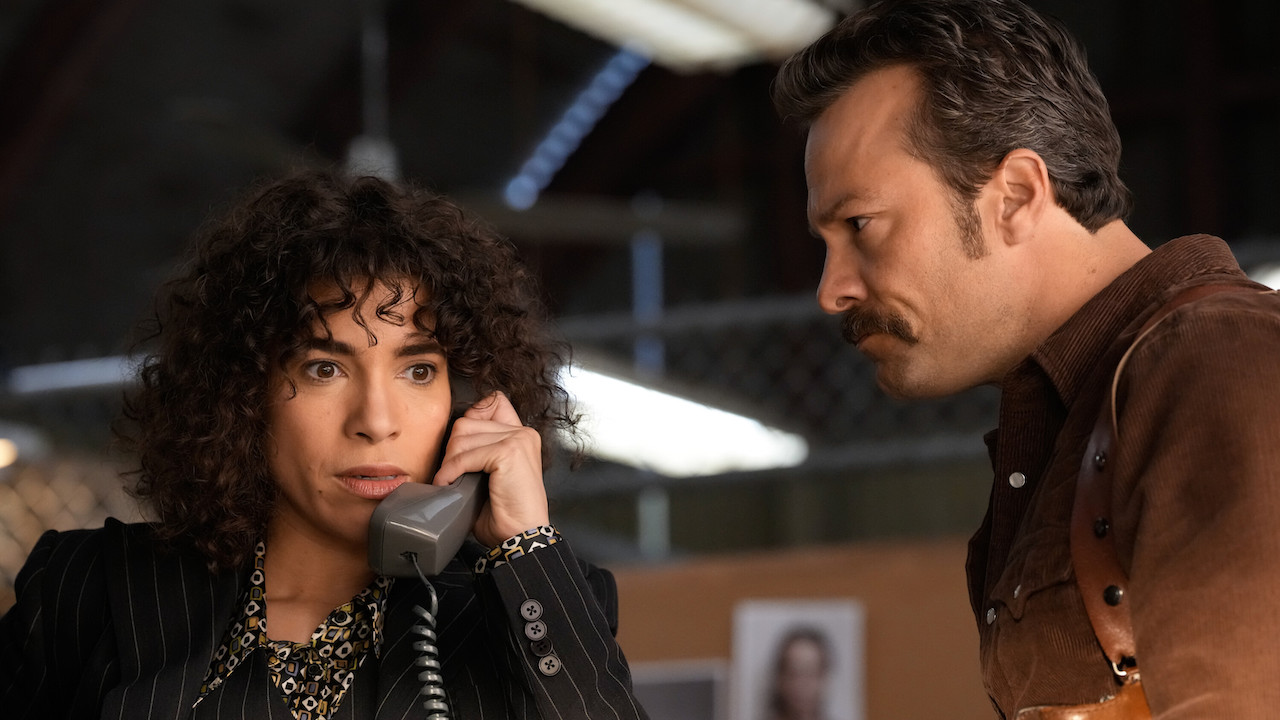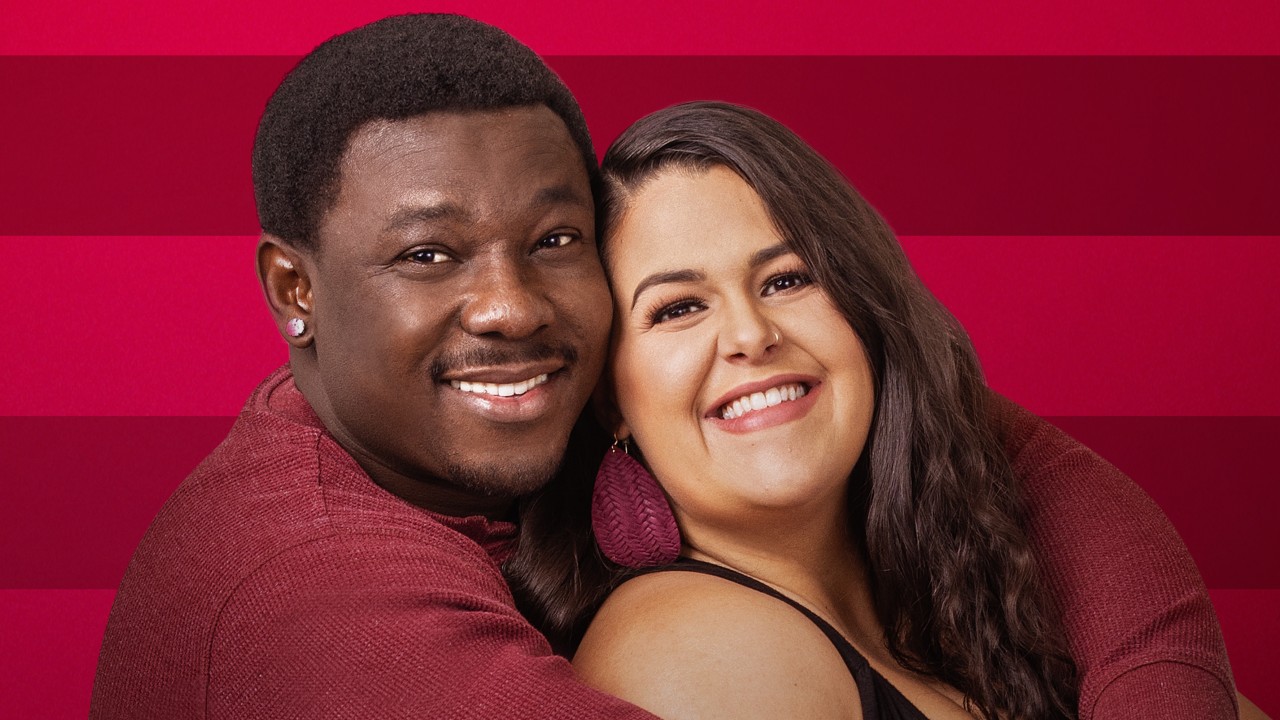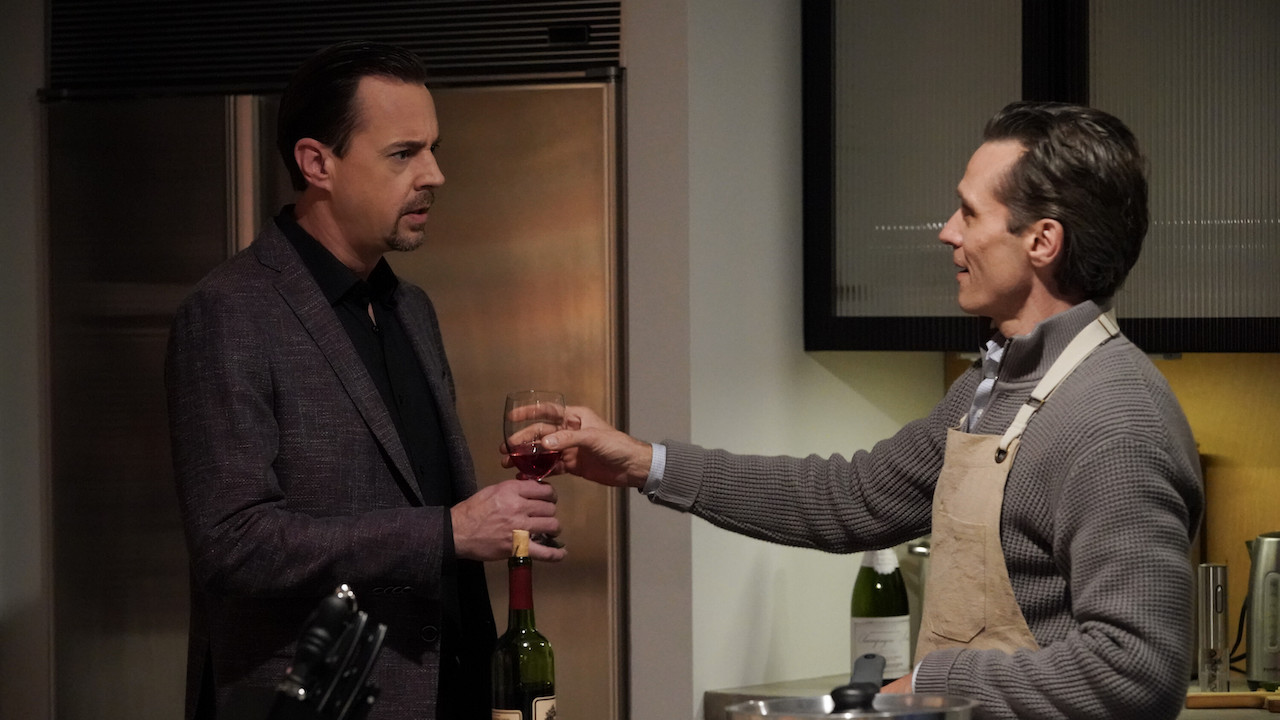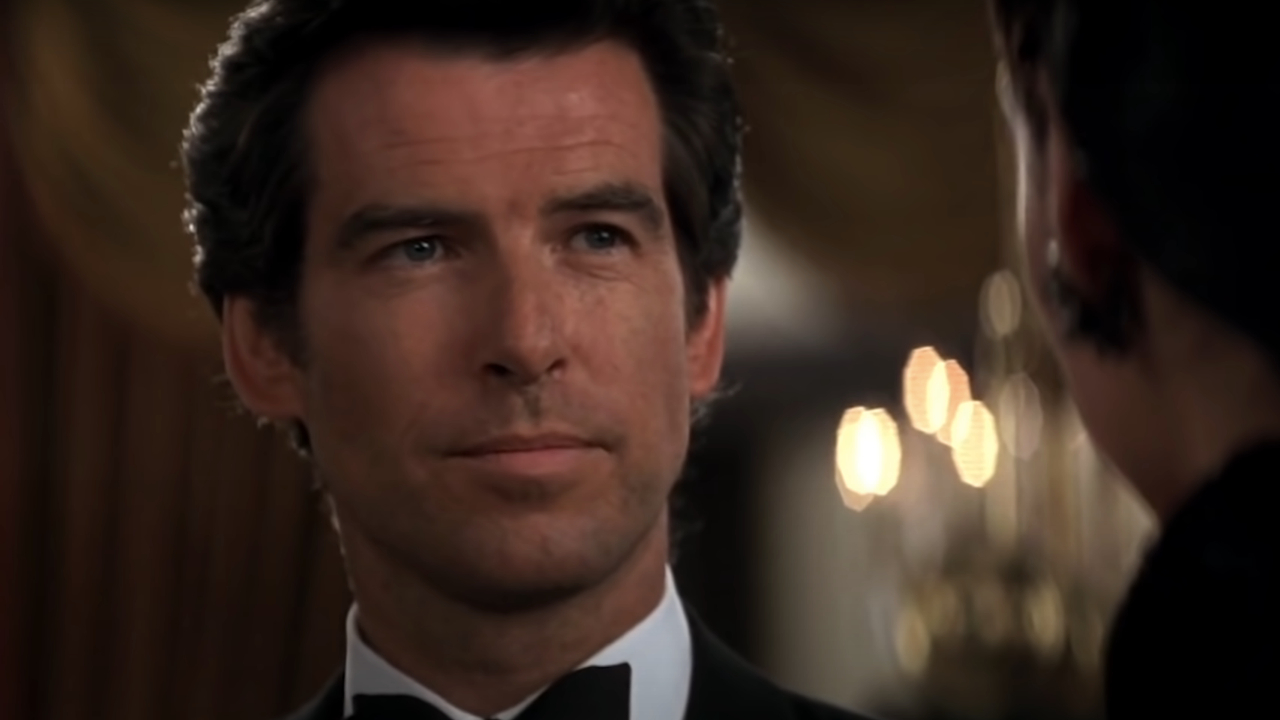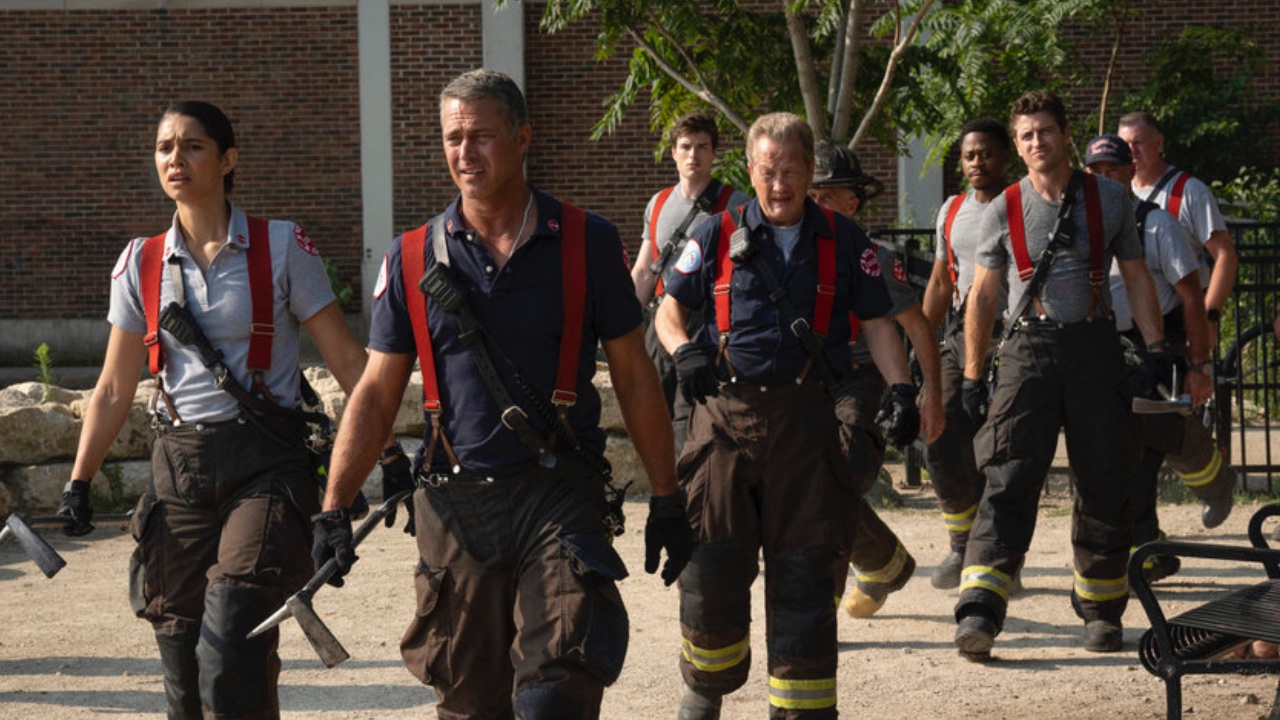How Halloween Should Handle Michael Myers
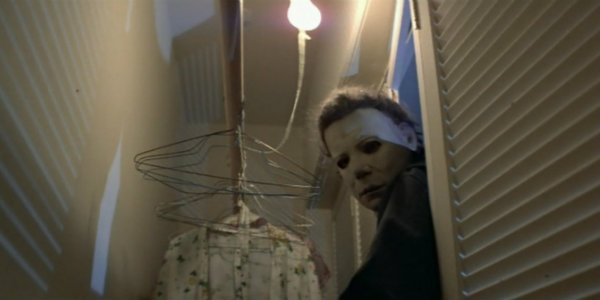
Halloween is finally coming back to the silver screen, and that means one very exciting thing for horror fans: Michael Myers will soon return to stalk helpless babysitters and fight his estranged sister, Laurie Strode -- who will once again be portrayed by Jamie Lee Curtis. The announcement that Curtis will return to the next Halloween focused heavily on what we can expect from Laurie (same clothes, same porch, etc.), but Michael was more or less kept in the dark. With that in mind, we have gone through the history of the franchise and pulled out a few key aspects that David Gordon Green's upcoming Halloween film needs to do in order to get the iconic slasher right. Take a look at what we have to say about this film, and let us know what you want to see from the next depiction of Michael Myers in the comments below.
On that note, let's dive in and discuss how next year's Halloween should handle Mr. Myers' decidedly stunted emotional and mental maturity.
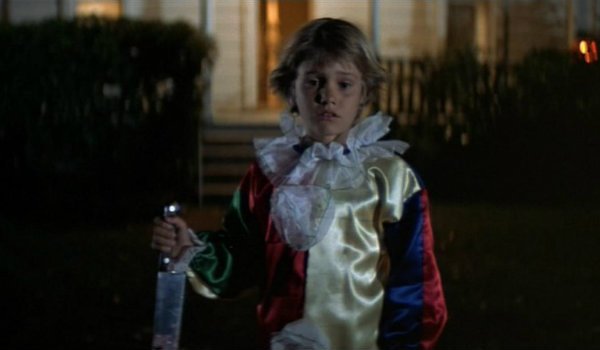
Remember That He's A Child In A Man's Body
Although Michael Myers gets older with each passing installment in the Halloween franchise, it is worth remembering that he does not mentally or emotionally evolve in any way, shape, or form. For all intents and purposes, Michael stopped maturing the moment he stabbed his sister Judith on Halloween night in 1963, and he has remained a six-year-old (at least in his head) throughout all of his subsequent rampages. This is something that was most notable in the original Halloween, and then fell off in later films in the primary Halloween timeline. Michael spent much of his first Halloween as a serial killer setting up elaborate traps, staging bodies in unique ways, and tilting his head back and forth to marvel at his work like a child with a piece of macaroni art. That spirit should be reclaimed in the reboot.
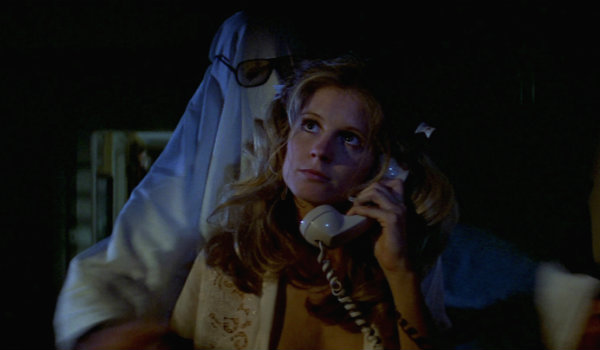
Bring Back His Heavy Breathing
Building off of the idea that Michael is a 6-year-old boy in an adult man's body, the new Halloween should return to one key storytelling device used in the first film: Michael's heavy breathing under the mask. Although the sound effect was pretty much retired after the first film to give him a mute and expressionless persona, the use of Michael's breathing remains one of the absolute creepiest sounds ever to grace a horror movie to this very day. It not only helps convey the idea that there is something animalistic lurking underneath that mask, but it arguably also gives every kill in the first movie a far more visceral feeling than anything seen in the subsequent sequels. We still don't want Michael to say a word (we got that from the Rob Zombie Halloween), but the breathing is a way to bring him back to his terrifying roots.
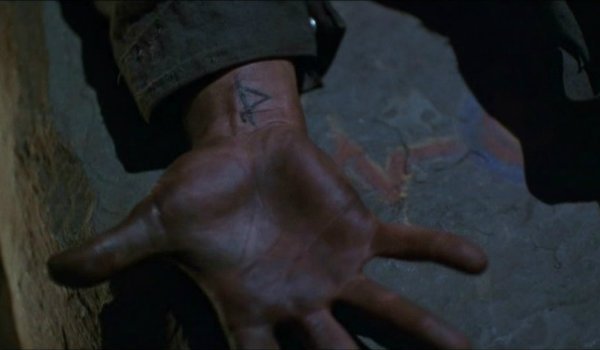
Ditch The Curse Of Thorn Subplot
Despite the original Halloween's incredibly straightforward premise (an insane killer chooses a girl at random and stalks her on Halloween), the sequels increasingly complicated the film's mythology with the polarizing Curse of Thorn subplot -- which (in the simplest of terms) made Michael the member of a Celtic cult bent on preventing the apocalypse. This subplot defined almost all of the non-Laurie Strode sequels (primarily Halloween 4 through Halloween 6), and it did a proper job of mucking up the franchise's previously simple concept. In 1998, Halloween: H20 (which bears many similarities to the upcoming Halloween) wisely moved on from the Curse of Thorn subplot, and that's the way it should stay. The Curse of Thorn feels like something rooted in a horror film from the cliches of the 1980s and 1990s, and it arguably has no place in the modern version of this franchise.
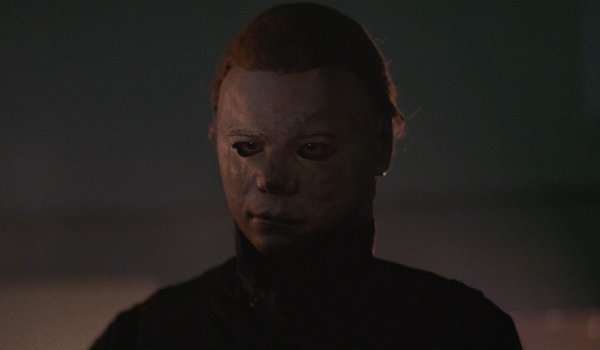
Keep Him Completely Emotionless
There are certainly people out there who enjoy Rob Zombie's take on Michael Myers in the rebooted Halloween franchise, but that angry, chatty version of Michael is not the type of villain that we need to see in the 2018 version of Halloween. At his core, Michael was initially envisioned as a completely blank canvas upon which we could project all of our own emotions and fears -- hence the white mask and completely expressionless demeanor. In fact, his name was only uttered once throughout the run of the first movie, and he's only known as "The Shape" in the film's final credits. That's what the series needs to get back to; Michael Myers is the human embodiment and personification of pure evil. If the Halloween franchise intends to return to its roots, then a return to the emotionless Michael is a great way to sell that idea.
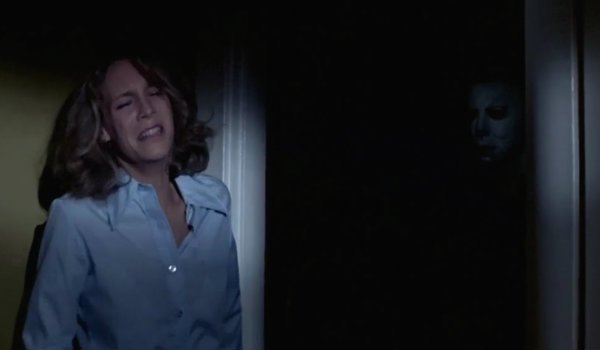
Make Sure Michael Stick To The Shadows
The fact that people fear what they cannot see more than anything else has become an unwritten rule of horror, and no other entry in the Halloween franchise used that concept more effectively than John Carpenter's original. In that particular film, Michael's biggest strategic advantage against the people trying to elude him was his knack for stealth. In subsequent entries, that idea was frequently thrown out the window to have Michael methodically walking towards his victims in open light. His measured walking no longer works as an effective scare tactic, which means that it is time for Michael to return to the shadows and stalk Laurie Strode from an unseen location. After all, there are few moments in horror movie history more iconic than the slow reveal of Michael coming out of the closet after Laurie finds her murdered friends in the first film.
CINEMABLEND NEWSLETTER
Your Daily Blend of Entertainment News
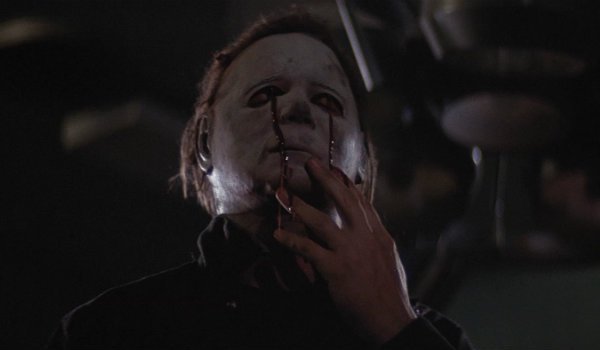
Don't Make Michael Invincible
Let's be honest and face a genuine fact: the "immortal serial killer" scare doesn't work on us the way it used to. The idea of someone like Michael or Jason Voorhees sustaining an inhuman amount of damage and pressing forward scared us in the 1980s and 1990s, but these days the trope has become worn out. If anything, it's almost comical. To that end, the new Halloween movie needs to bring its particular brand of horror down to Earth (a la Don't Breathe or Hush) and give us a version of Michael Myers who can be hurt -- it's just incredibly difficult to do so. Moreover, the new Halloween should also take the time to note the iconic slasher's advanced age (he will be well into his sixties during the film's story), and acknowledge that he may be slower than he was in 1978.
The next installment in the Halloween franchise will debut in theaters next fall on October 19, 2018. Before then, take a look at our list of upcoming horror films that we're absolutely dying to see and let us know what you want to see from this new take on Michael Myers in the comments section below!
Originally from Connecticut, Conner grew up in San Diego and graduated from Chapman University in 2014. He now lives in Los Angeles working in and around the entertainment industry and can mostly be found binging horror movies and chugging coffee.

